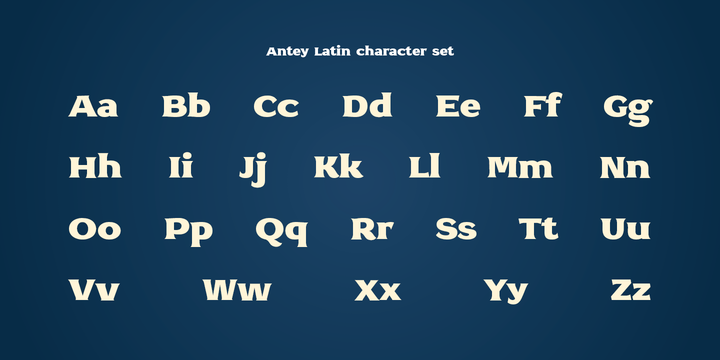


For most people, the present is enough like the future to be pretty scary.” -William Gibson

I’ve seen the typeface circulate in publications, web environments, and banners, and it was prophetically featured on the cover of Chinese Design 360° Magazine - amusingly censoring Sagmeister & Walsh’s self-expressive nudity. But it represents a broader urgency: How can design be used politically and socially for the codification and de-codification of people’s thoughts? What is a graphic design that is inherently secretive? How can graphic design reinforce privacy? And, really, how can the process of design engender a proactive attitude towards the future - and our present for that matter? After releasing the project in May 2012, I was pleased by the fruitful responses I got and shared with the public. ZXX is a call to action, both practically and symbolically, to raise questions about privacy.
#Anti ocr font pdf
ZXX Bold (readable by OCR software) & ZXX Combination (not-readable by OCR software) Process sketches testing various OCR software’s readability Screenshot image of PDF OCR X software’s conversion of ZXX This short video shows how the typeface confuses Optical Character Recognition (OCR) artificial intelligence. I offered the typeface as a free download in hopes that as many people as possible would use it. I drew six different cuts (Sans, Bold, Camo, False, Noise and Xed) to generate endless permutations, each font designed to thwart machine intelligences in a different way. It can be applied to huge amounts of data, or to personal correspondence.
#Anti ocr font software
Code “ZXX” is used when there is: “No linguistic content Not applicable.” The project started with a genuine question: How can we conceal our fundamental thoughts from artificial intelligences and those who deploy them? I decided to create a typeface that would be unreadable by text scanning software (whether used by a government agency or a lone hacker) - misdirecting information or sometimes not giving any at all. Over the course of a year, I researched and created ZXX, a disruptive typeface which takes its name from the Library of Congress’ listing of three-letter codes denoting which language a book is written in. “What does censorship reveal? It reveals fear.” -Julian Assange ZXX Type Specimen Posters Now, as a designer, I am influenced by these experiences and I have become dedicated to researching ways to “articulate our unfreedom” and to continue the evolution of my own thinking about censorship, surveillance, and a free society. But, these skills were only applied outwards for national security and defense purposes - not for overseeing American citizens. Our ability to gather vital SIGINT (Signal Intelligence) information was absolutely easy.

#Anti ocr font how to
During my service in the Korean military, I worked for two years as special intelligence personnel for the NSA, learning first-hand how to extract information from defense targets. “We feel free because we lack the language to articulate our unfreedom.” -Slavoj Žižekįor me, Žižek’s words are even more potent in light of recent news about domestic surveillance programs. As a former contractor with the US National Security Agency (NSA), these issues hit especially close to home.


 0 kommentar(er)
0 kommentar(er)
